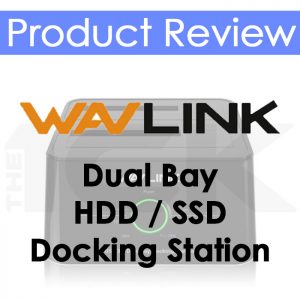
Intro
WordPress is an amazing platform used worldwide by individuals and companies large and small. Due to its popularity, there are countless ways to get what you want to be done in countless forms. From themes to frameworks, to plugins, it’s a dizzying array of options available to use on your website site.
I’ve spent several years sifting through the options. Moving from one theme or plugin to another until I find the ones I like best. Even now I’m finding alternatives to ones I’ve used for a long time.
My goal with this article is to go over my current toolbox which includes the theme I use, plugins, frameworks, languages, etc. I aim to keep this article updated as much as possible as I find new options.
Last Updated – 12/28/2019
Default Development Site Build Out
To make my website development workflow smoother I’ve created a sort of development template build-out for any new project I start. The template includes all the plugins I use on pretty much every site, the theme I’ve standardized on, default forms, and all the little pieces of code that I come to find necessary on every site. For instance the one line of code that limits the number saved post revisions. Learn why that’s important by reading my post HERE. Or the code to disable XMLRPC.
Occasionally I log into this template site to update the plugins, add new standard settings, etc. Having this development template saves an immense amount of time when creating new dev sites, which allows me and my co-workers to get to the important stuff faster.
Below is a list of my default themes and plugins. After which I’ll list the most specialized plugins I that I use only for certain requirements.
Table of Contents
Theme’s Page Builders
Beaver Builder Framework/Theme
The Beaver Builder Theme is an adaptable framework for all your WordPress projects. With a familiar codebase that utilizes the WordPress Customizer. Very lightweight that doesn’t include a bunch of features that you’ll never use. Unlike standard themes that have fixed layouts that require updates to PHP templates to make custom layouts the BB Framework frees you from all those restrictions to let your imagination run.
Beaver Builder Page Builder Plugin – Pro
Beaver Builder is a flexible drag and drop page builder that works on the front end of your WordPress website. Whether you’re a beginner or a professional, you’re going to love taking control of your website. I’ve had a battle between BB, Elementor, and Divi, but in the end, I found BB is more developer-friendly than Elementor so it’s my choice.
Beaver Builder Themer
Take Beaver Builder even further. Beaver Themer lets you create layouts for archive pages, template an entire post type, 404 and search pages, and create parts like headers and footers. Field connections allow you to connect your layouts to the data inside each type of template. Only available if you purchase a Pro BB license.
Utility Plugins
Advanced Custom Fields
An industry standard. Use the Advanced Custom Fields plugin to take full control of your WordPress edit screens & custom field data. Create friendly edit screens where all users have to do is enter data and let the code the do the rest. BB Themer has an amazing and deep integration with ACF making for endless possibilities.

Better Search and Replace
As the name implies this plugin searches for specific input and replaces it with a new value. I use it when launching websites by replacing the dev URLs with the live URL. This plugin is special because it supports serialized data and the ability to select specific tables to do your search in. It also has a secondary benefit of telling you the size of your tables in case you need to troubleshoot anything like I had to with Page Revisions in THIS article.
Duplicator
Duplicator creates a package that bundles all the site’s plugins, themes, content, database and WordPress files into a simple zip file called a package. This package can then be used to easily migrate a WordPress site to any location you wish. Move on the same server, across servers and pretty much any location a WordPress site can be hosted. This is what helps me move my development template site to new accounts easily.
Gravity Forms
Packed with tons of time-saving tools & features… Gravity Forms is the only WordPress form management plugin you will ever need. Build and publish your WordPress forms in just minutes. No drudgery, just quick and easy form-building. Select your fields, configure your options and easily embed forms on your WordPress-powered site using the built-in tools.
Safe SVG
It gives you the ability to allow SVG uploads whilst making sure that they’re sanitized to stop SVG/XML vulnerabilities affecting your site. It also gives you the ability to preview your uploaded SVGs in the media library in all views.
Specialized Plugins
The previous eight plugins are what I use on every new site at the onset. Before launch, I do add my standard caching plugin and Yoast for SEO and metadata management, again though those come later in the game.
The following plugins I use on a case by case basis depending on the requirements of the client be it e-commerce, event management, or just some special functionality. Since WordPress is so popular there’s a plugin for pretty much everything, but just because there is a plugin out there doesn’t always mean it’s the best or safest option. Do your homework, see how long a plugin has been out, how often it gets updated by looking at the changelog, when was the last update, and of course the reviews, to a point.




